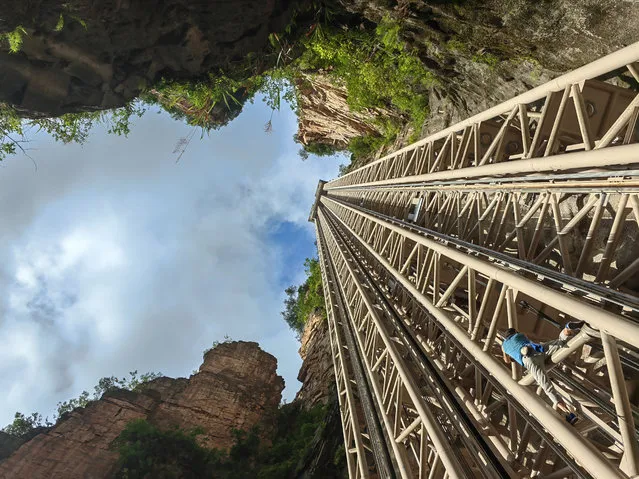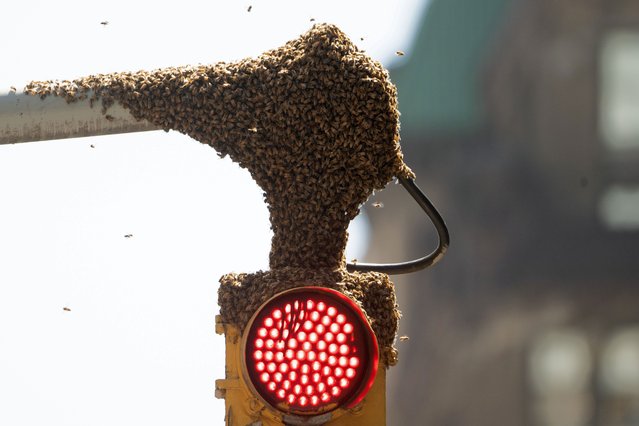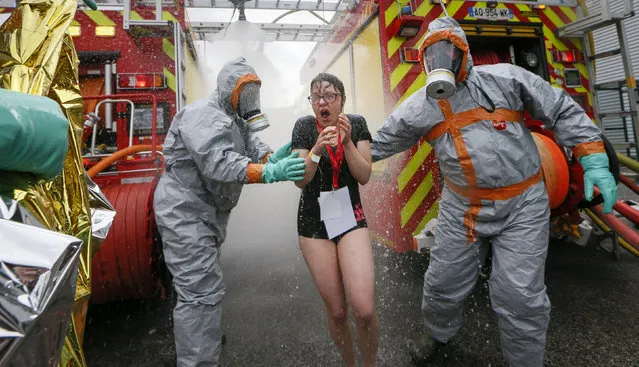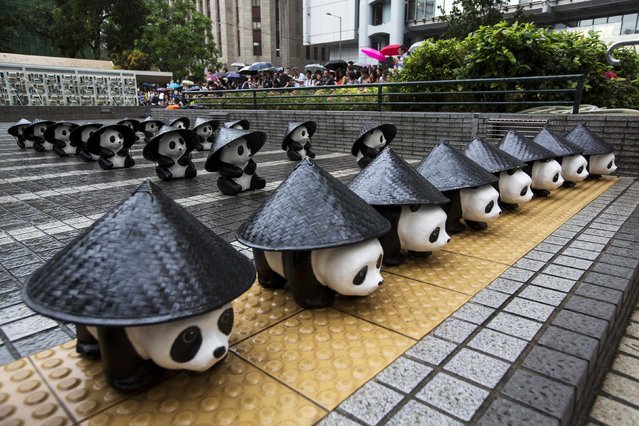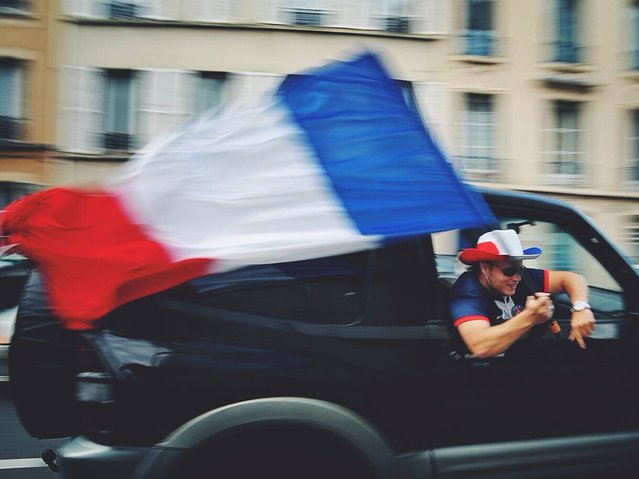
French actress Roxane Mesquida (L) and Josephine De La Baume exchange a kiss on the red carpet prior the screening of “The company you keep” during the 69th Venice Film Festival on September 6, 2012 at Venice Lido. “The company you keep” is presented out of competition. (Photos by Tiziana Fabi/Gabriel Bouys/Christine Pettinger/AFP Photo)
07 Sep 2012 12:11:00,post received
0 comments


